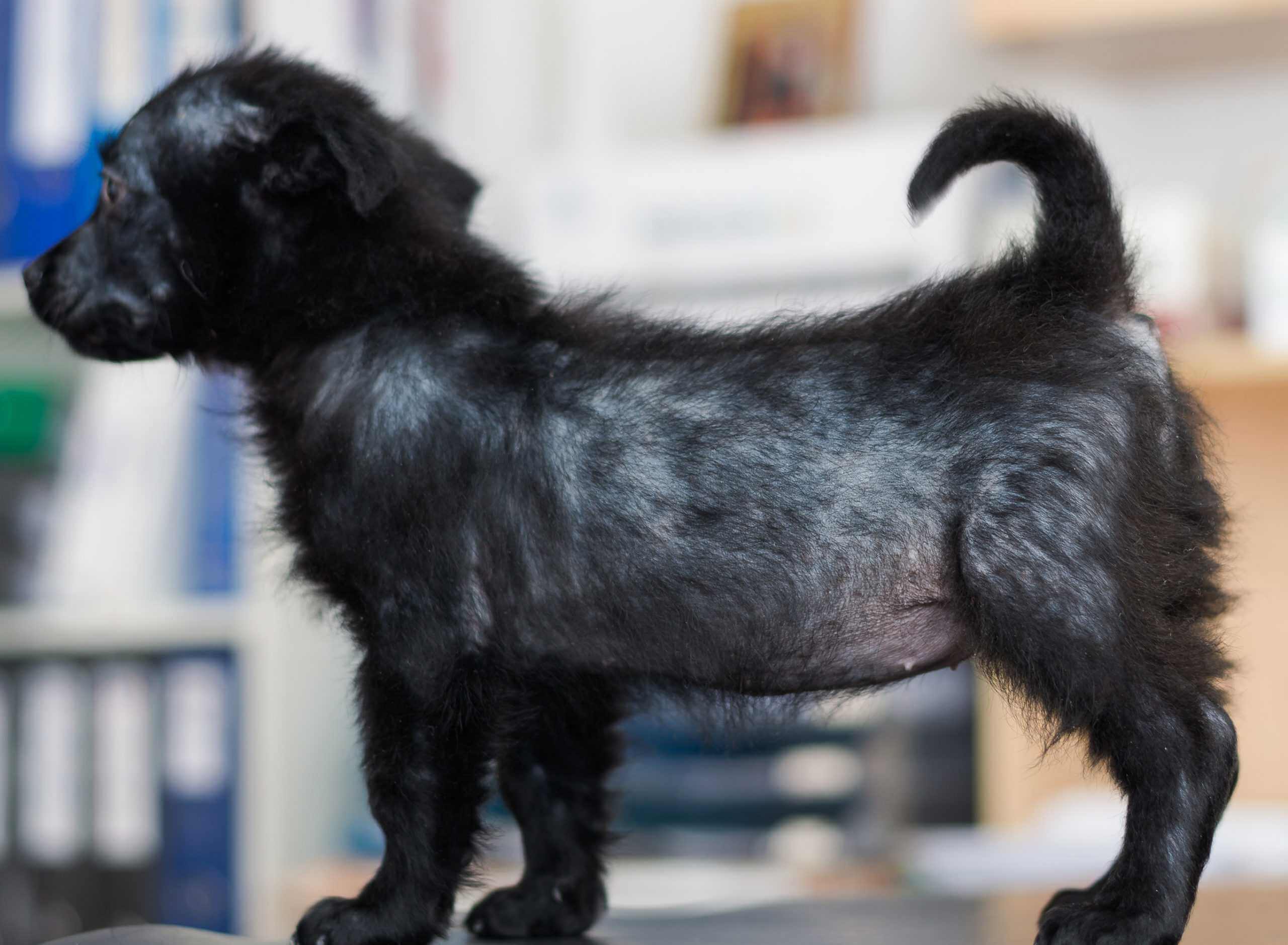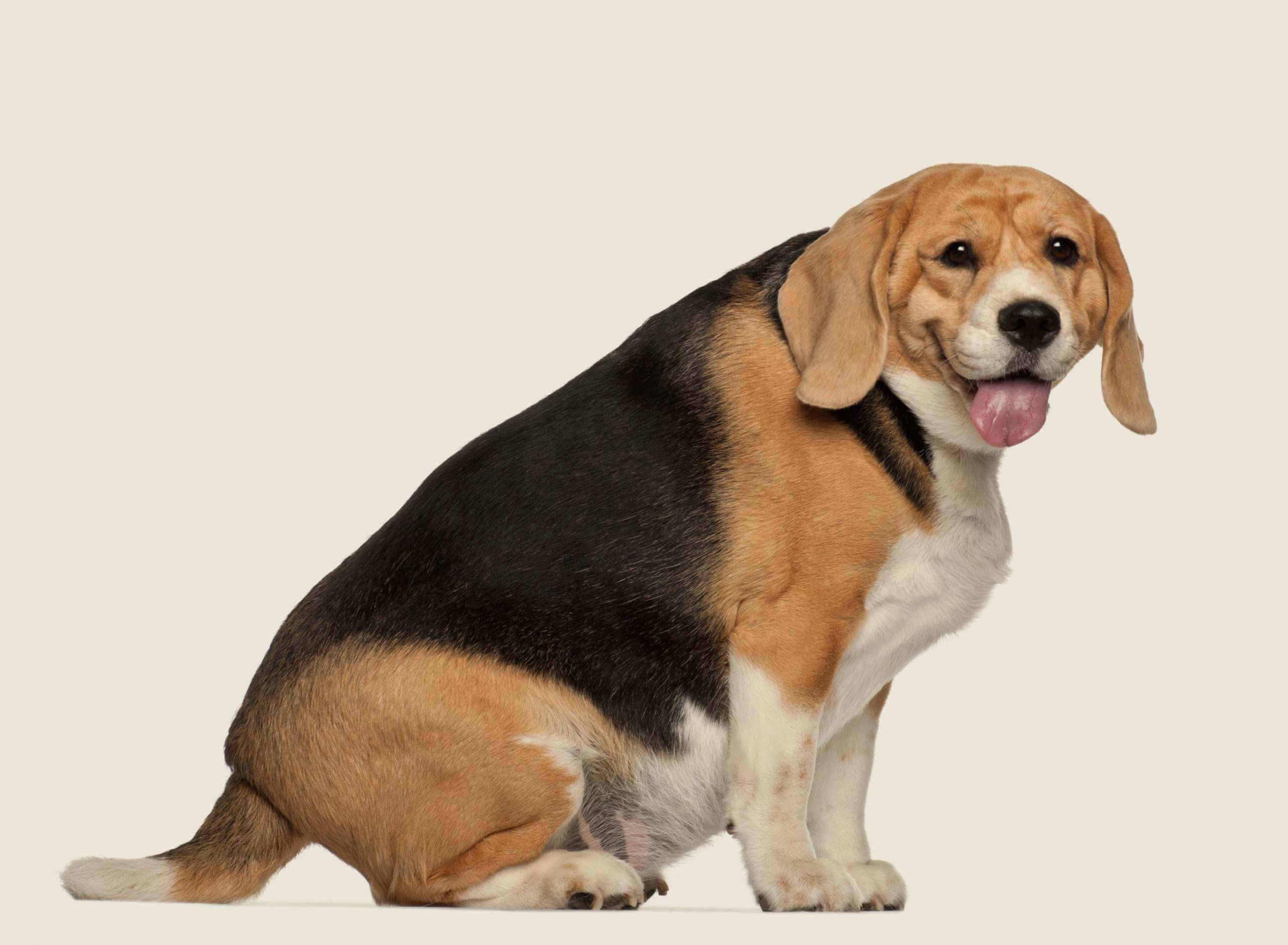
This is a popular one – in fact it’s the most common hormone imbalance in dogs! We talked about HYPERthyroidism in cats, now it’s time to discuss HYPOthyroidism in dogs. If you read our previous blog on cats you’ll remember some of the classics that cats present with: peeing/drinking excessively, weight loss, hyperactivity, etc. Well if dogs can be even more opposite than cats, enter this condition which causes basically all of the opposite clinical signs: weight gain, lethargy, reduced appetite. This is also pretty common in humans (eww… humans). Let’s dive right in!


WHAT’S A THYROID, AGAIN?
The thyroid is an endocrine (hormone) gland in the neck, which produces substances called thyroid hormones – two types T3 (Triiodothyronine) and T4 (Thyroxine). T4 is the more “active” hormone. There are receptors (targets) on virtually every organ in the body to control metabolism. When a large amount of the hormone is produced, we feel energized, excited; heart rate and blood pressure speed up, and our temperature increases. Fats and proteins are metabolized or burned as fuel to make more energy (this is why cats lose weight).
HOW ARE DOGS AFFECTED?
Well, although it isn’t completely understood, there is evidence that inflammatory cells infiltrate the thyroid causing slow destruction and scarring of the gland – possibly due to the immune system going a little crazy. It is mostly common in medium and larger breed dogs, usually between 4 and 10 years of age. With lack of production, dogs get sluggish, they eat the same or less and despite this, they gain weight and they are often seeking warmth! This is especially a problem in older, arthritic pets because now that they are gaining weight and moving less, their arthritis gets even worse! We also see skin problems very commonly in hypothyroid dogs, they shed their coat and it comes back slowly or not at all. Sometimes this also causes skin infections. Low thyroid levels can also cause reproductive problems.
HOW DO WE DIAGNOSE IT?
Surprise, it’s overdiagnosed! Don’t worry, the vets at City by the Sea are smarter than that. You would think we could just measure it, right? And often this is enough – but sometimes it’s not that easy. If I have a dog that quacks like hypothyroidism (overweight and sluggish) and I get a low T4 on blood – it’s probably true! The problem is, we get so many pets that are in that gray area. Maybe they are sluggish or normal; maybe they are gaining weight, but it fluctuates throughout the year. The catch is, the body can lower production of thyroid hormone on purpose, especially if it is fighting another disease – a condition called Euthyroid Sick Syndrome. Some medications and some chronic diseases can cause the body to lower thyroid levels. Some breeds just have lower levels – Greyhounds, Scottish Deerhounds, Alaskan sled dogs, and probably others that have not yet been studied. In these cases, we may need to dig a little deeper to find the underlying cause and often by checking a “free-T4” (unfortunately you still have to pay for it ? )
Free-T4 just means it isn’t bound to albumin, a protein (it’s “free” from the protein) in the blood stream, it is in an “activated” form. If this is also low, usually the pet is truly hypothyroid. If this isn’t enough, in some cases we will run a comprehensive thyroid panel which gives us even more information about other hormones from the brain that signal to the thyroid to make more or less hormone.
HOW IS IT TREATED?
Simple – dogs aren’t producing enough of the hormone, so give them the hormone! Pharmaceutical companies manufacture this hormone in an oral tablet (Levothyroxine) which needs to be taken once or twice a day. We often see remarkable changes within a few weeks. Blood work must be monitored carefully to make sure the right dose is being given (not too much or too little). Overdosing pets often start to look like the HYPERthyroid cats we described earlier.
IS IT AN EMERGENCY?
Not usually. BUT in some cases, there is a condition of extremely low thyroid hormones that causes severe lethargy and coma – a condition called Myxedema Coma. Often these pets are seen for collapsing and need IMMEDIATE intervention and hospitalization to get them back on their feet or things can be fatal.
WHAT ABOUT CATS?
Cats usually only get this when they are on high doses of methimazole or if I-131 therapy or surgery has removed too much of the gland and now the pet needs to be a supplementation. Some young kittens can be congenitally hypothyroid and present as underdeveloped and causing dwarfism.
Hope this helps you recognize the signs of this very common disease!
Read more:


